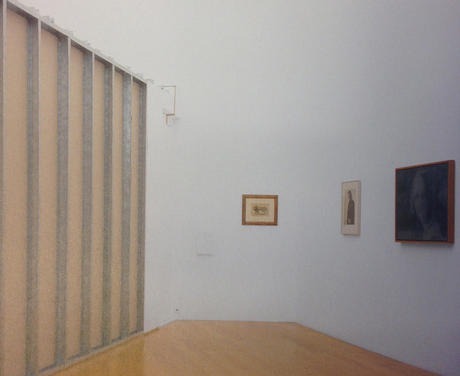Julie Rafalski
Loop
The labyrinthine structures become gardens of forking paths in strange wonderlands, where each path you pick might lead you to a different ending, or perhaps after walking through it several times you realise that the ending is the beginning.
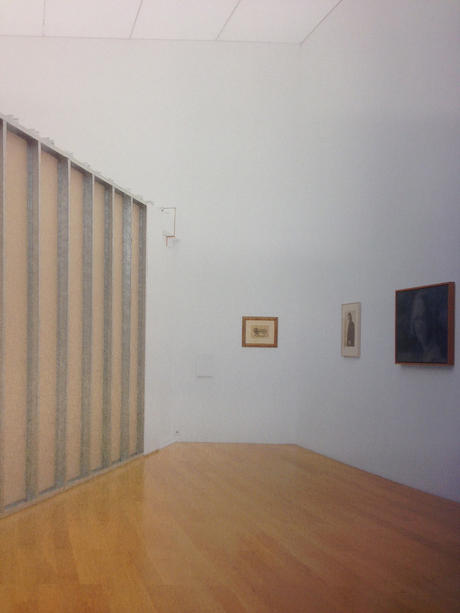
View from the museum rooms
Sosnowska's piece, Loop, is situated in the Kunstmuseum Lichtenstein. In this architectural intervention, two looped corridors have been inserted into the museum's space, cutting through all the rooms diagonally, not unlike a giant parasite inhabiting the building.
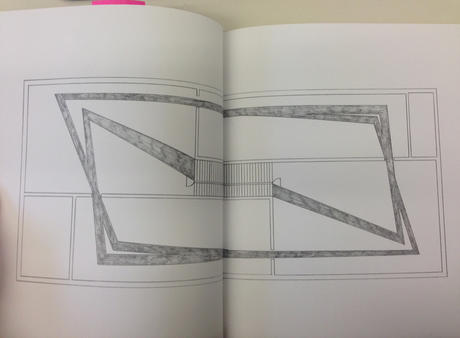
Architectural layout of Loop
The constructed white empty corridors create a disorienting void running through the museum, as if marking the path of some strange current flowing through the museum.
The void interrupts the museum's spaces of reflection and display, creating an alternative space, one that twists the white box interiors into a labyrinth. It is as if the museum has, under a great strain or emotion, folded in on itself, showing its darker irrational side that it usually hides without a trace deep in its bricks. One begins to experience the whole museum in a different way - it becomes the space of dreams, uncertainty, an anti-architecture, a space that negates the logic of a room and its functions.
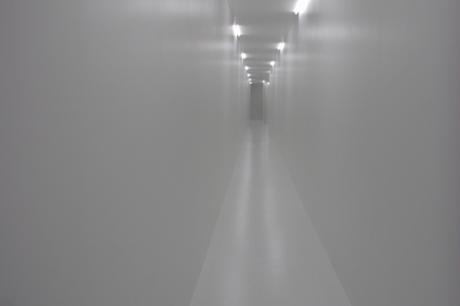
If you walk through the loop several times you must get an uncanny sense of deja vu. Your sense of time is ruptured, as recent memory of the corridors and anticipation of the same merge. (You have just walked through the space into which you are yet again heading). You are continually in a space that oscillates between the immediate past and immediate future. This moebius-strip-like loop throws you back to the starting point, but perhaps you don't realise it, as the beginning looks just like any other exit from the labyrinth. You're forced into ceaselessly walking in circular paths, creating an endlessness hidden seamlessly into this museum in Lichtenstein.
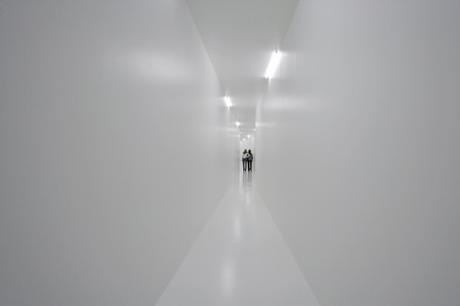
We step into these corridors as if into another flow of time.
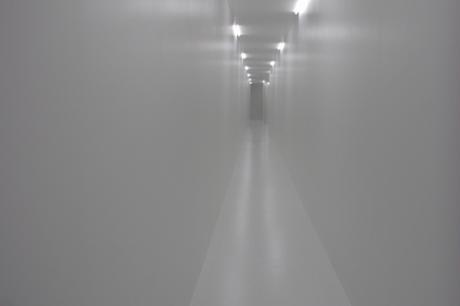
The time that flows internally in a loop, a different type of time, a time that cuts corners sometimes and stretches out lazily at other times.
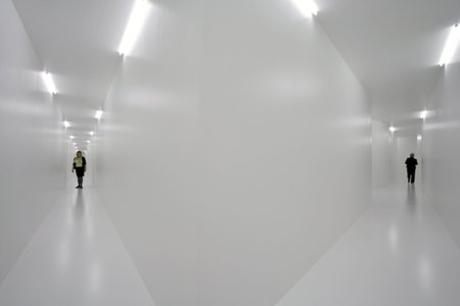
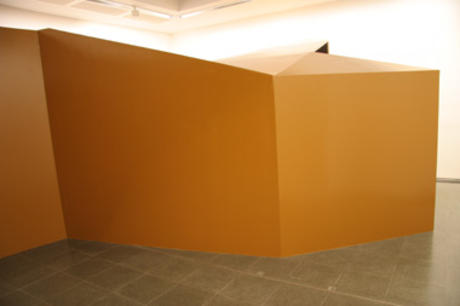
Untitled, at Serpentine Gallery
When I saw Sosnowska's piece at the Serpentine gallery (Untitled, 2004), I walked through a labyrinthine structure that sprawled out into all the interlinked rooms. Once you entered this labyrinth, you lost all sense of where you were in the gallery. A back room would become directly linked to the entrance, so that your orientation of the architecture would be lost.
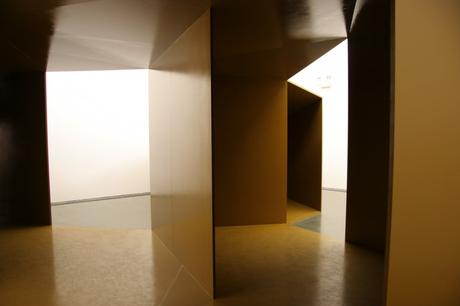
Untitled, at Serpentine Gallery
Sosnowska's structures are contained within the architecture of a space, yet they put that architecture on its head. Her spatial interventions are interventions in our experience of time as well. The labyrinthine structures become gardens of forking paths in strange wonderlands, where each path you pick might lead you to a different ending, or perhaps after walking through it several times you realise that the ending is the beginning.
